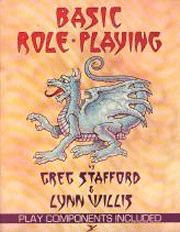
Basic Role-Playing (BRP) is a tabletop role-playing game which originated in the RuneQuest fantasy role-playing game. Chaosium released the BRP standalone booklet in 1980 in the boxed set release of the second edition of RuneQuest. Greg Stafford and Lynn Willis are credited as the authors. Chaosium used the percentile skill-based system as the basis for most of their games, including Call of Cthulhu, Stormbringer, and Elfquest.

Call of Cthulhu is a horror fiction role-playing game based on H. P. Lovecraft's story of the same name and the associated Cthulhu Mythos. The game, often abbreviated as CoC, is published by Chaosium; it was first released in 1981 and is in its seventh edition, with licensed foreign language editions available as well. Its game system is based on Chaosium's Basic Role-Playing (BRP) with additions for the horror genre. These include special rules for sanity and luck.
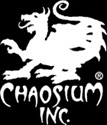
Chaosium Inc. is a publisher of tabletop role-playing games established by Greg Stafford in 1975. Chaosium's major titles include Call of Cthulhu, based on the horror fiction stories of H. P. Lovecraft, RuneQuest Glorantha, Pendragon, based on Thomas Mallory's Le Morte d'Arthur, and 7th Sea, "swashbuckling and sorcery" set in a fantasy 17th century Europe.

RuneQuest is a fantasy tabletop role-playing game originally designed by Steve Perrin, Ray Turney, Steve Henderson, and Warren James, and set in Greg Stafford's mythical world of Glorantha. It was first published in 1978 by The Chaosium. Beginning in 1984, publication passed between a number of companies, including Avalon Hill, Mongoose Publishing, and The Design Mechanism, before finally returning to Chaosium in 2016. RuneQuest is notable for its system, designed around percentile dice and an early implementation of skill rules, which became the basis for numerous other games. There have been several editions of the game.

The Ringworld science fiction role-playing game was published by Chaosium in 1984, using the Basic Role-Playing system for its rules and Larry Niven's Ringworld novels as a setting.
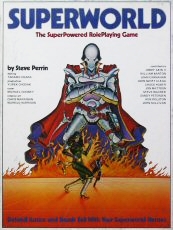
Superworld is a superhero-themed role-playing game published by Chaosium in 1983 that uses the generic Basic Role-Playing rules system. The game began as just one part of the Worlds of Wonder product before being published as a stand-alone game. In competition against other well-established and popular superhero games, Superworld never found an audience, and was discontinued after only three supplements were published for it.
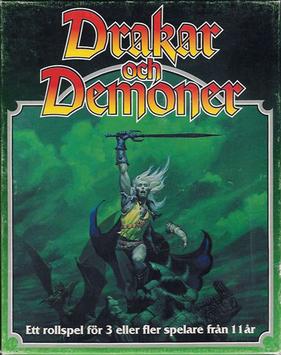
Drakar och Demoner also Known as Dragonbane, is a Swedish fantasy role-playing game first published in 1982 by the game publishing company Äventyrsspel.
A generic or universalrole-playing game system is a role-playing game system designed to be independent of setting and genre. Its rules should, in theory, work the same way for any setting, world, environment or genre in which one would want to play.
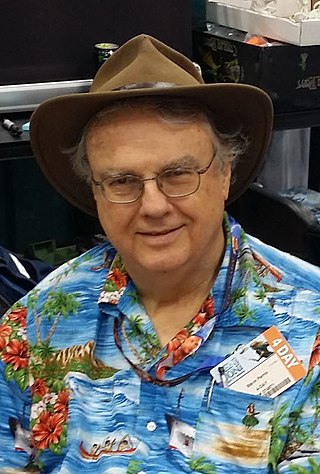
Stephen Herbert Perrin was an American game designer and technical writer/editor, best known for creating the tabletop role-playing game RuneQuest for Chaosium.
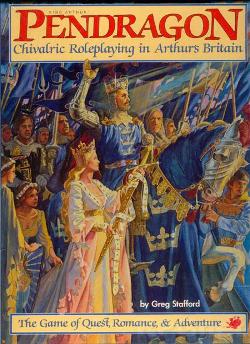
Pendragon, or King Arthur Pendragon, is a Tabletop role-playing game (RPG) in which players take the role of knights performing chivalric deeds in the tradition of Arthurian legend. It was originally written by Greg Stafford and published by Chaosium, then was acquired by Green Knight Publishing, who in turn passed on the rights to White Wolf Publishing in 2004. White Wolf sold the game to Stewart Wieck in 2009. Wieck formed Nocturnal Media, who updated and reissued the 5th edition originally published by White Wolf. In 2018, it returned to Chaosium.

A role-playing game system, is a set of game mechanics rules used in a tabletop role-playing game (TTRPG) to determine the outcome of a character's in-game actions.

Powers & Perils (P&P) is a fantasy role-playing game published by Avalon Hill in 1984. The highly complex game was Avalon Hill's first foray into the role-playing game market, and proved to be a commercial failure.
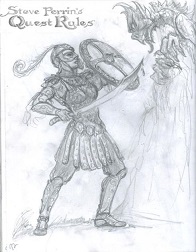
Steve Perrin's Quest Rules (SPQR) is a role-playing game system created and sold by Steve Perrin.

Stormbringer is a fantasy tabletop role-playing game published under license by Chaosium. Based on the Elric of Melniboné books by Michael Moorcock, the game takes its name from Elric's sword, Stormbringer. The rules are based on Chaosium's percentile-dice-based Basic Role-Playing system.

Thieves' World is a role-playing game supplement published by Chaosium in 1981, based on the Thieves' World series of novels. It was notable for including rules and statistics allowing for its use with nine different fantasy and science-fiction RPG gaming systems.
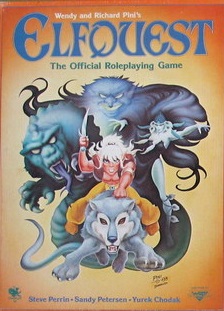
Elfquest is a fantasy role-playing game published by Chaosium in 1984 that is based on Wendy and Richard Pini's Elfquest series of comics.
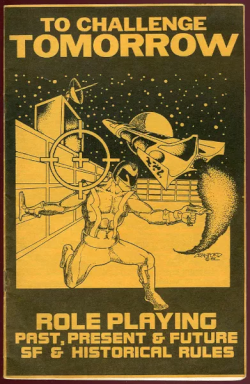
To Challenge Tomorrow is a multi-genre role-playing game published by Ragnarok Enterprises in 1983 that can be adapted to any setting or time period. Reviews were mixed, with some reviewers saying there were some good concepts, while others found too many issues with the rules.

Trouble for HAVOC is a supplement for the superhero role-playing game Superworld that includes three adventures.

Bad Medicine for Dr. Drugs is an adventure published by Chaosium in 1984 for the superhero role-playing game Superworld, using the Basic Role-Playing rules system.


















